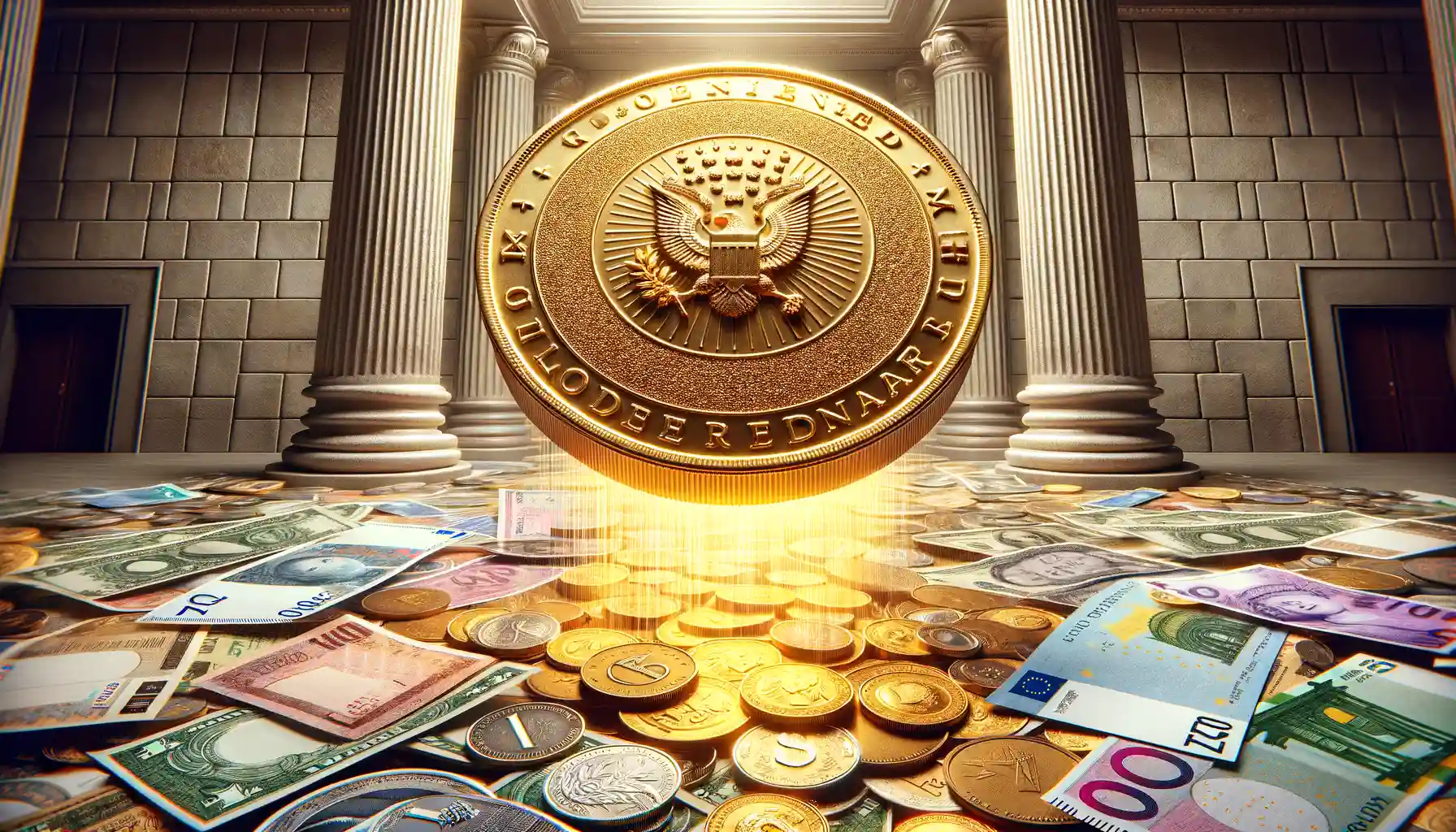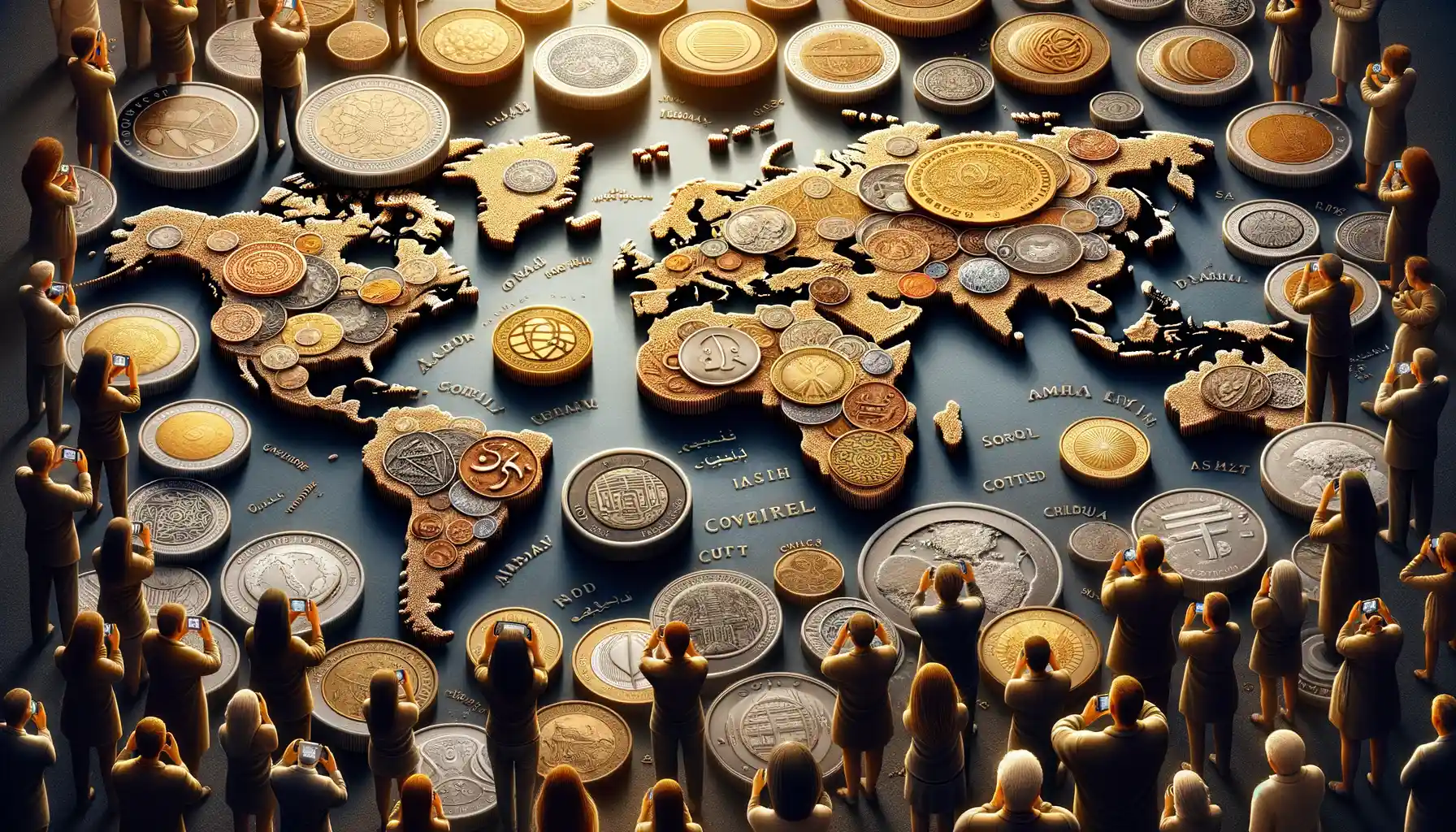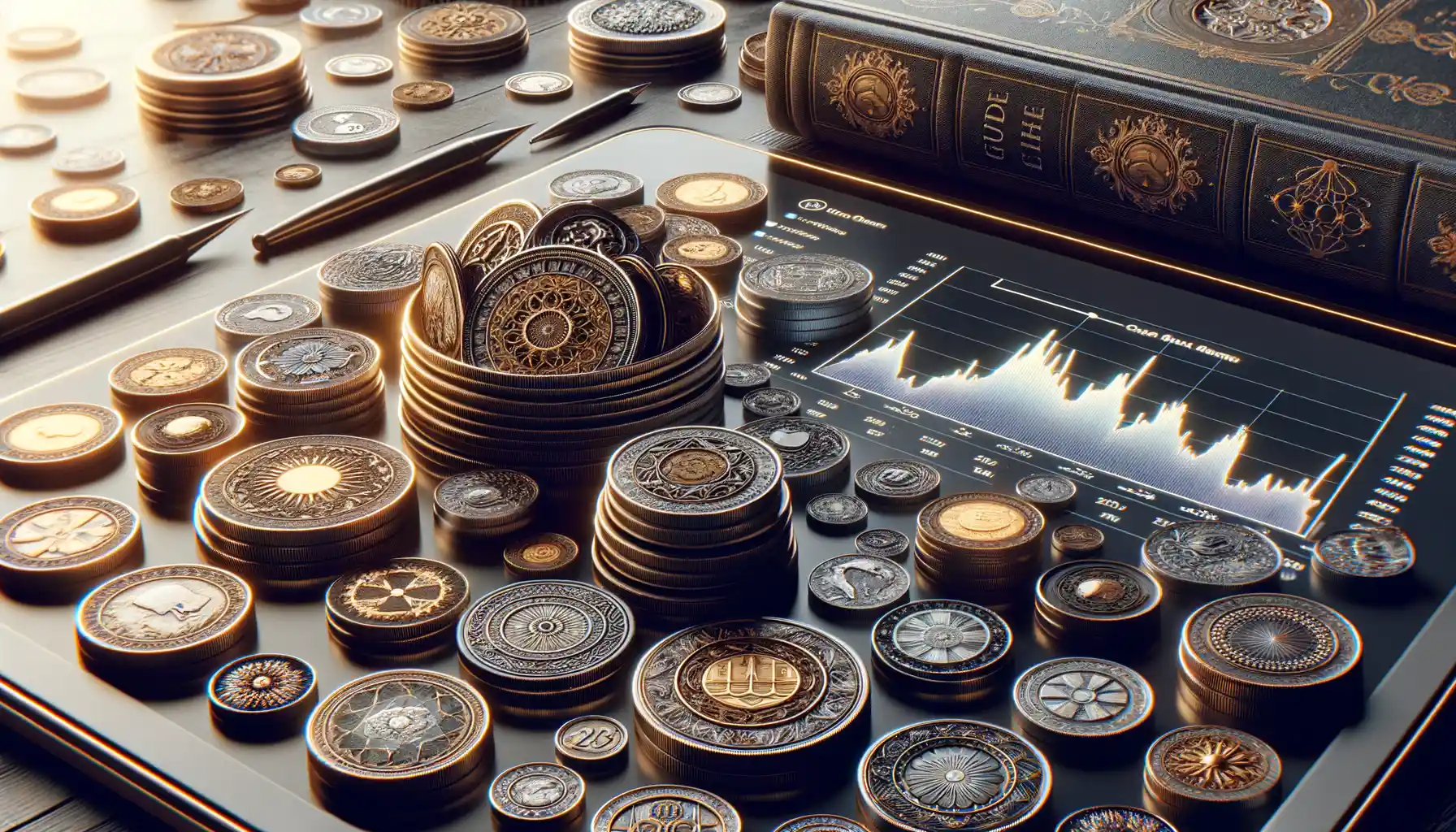Understanding the Basics of Coin Design
The Art and Science Behind Every Coin
Coins might be small, but their design? It’s nothing short of monumental. Imagine this: you’re holding a coin from another world, its surface alive with untold stories. That’s the magic we’re aiming for, but first—let’s crack open the basics.
The anatomy of a coin is where it all begins. There’s the obverse (front), often hosting a symbol of power or identity, like an emblem or mythical creature. The reverse (back) might feature intricate patterns or treasure-like lettering. Between these lies the edge—often overlooked but ripe with creative potential. Add milling for texture or etch secret messages; think of it as the whisper your coin tells when no one’s looking.
And let’s not forget proportions! Coins can be sleek and delicate or thick and heavy, depending on their purpose. Will yours feel like a token from a merchant’s stall, or the relic of a long-lost empire?
- Shape: Round isn’t your only friend—why not hexagons or ovals?
- Size: Big enough to impress, small enough for a pocket.
- Details: Every curve and line needs purpose.
Even the simplest designs will shine when you sketch them with intention. Make every millimeter count!
Choosing Materials and Coin Specifications
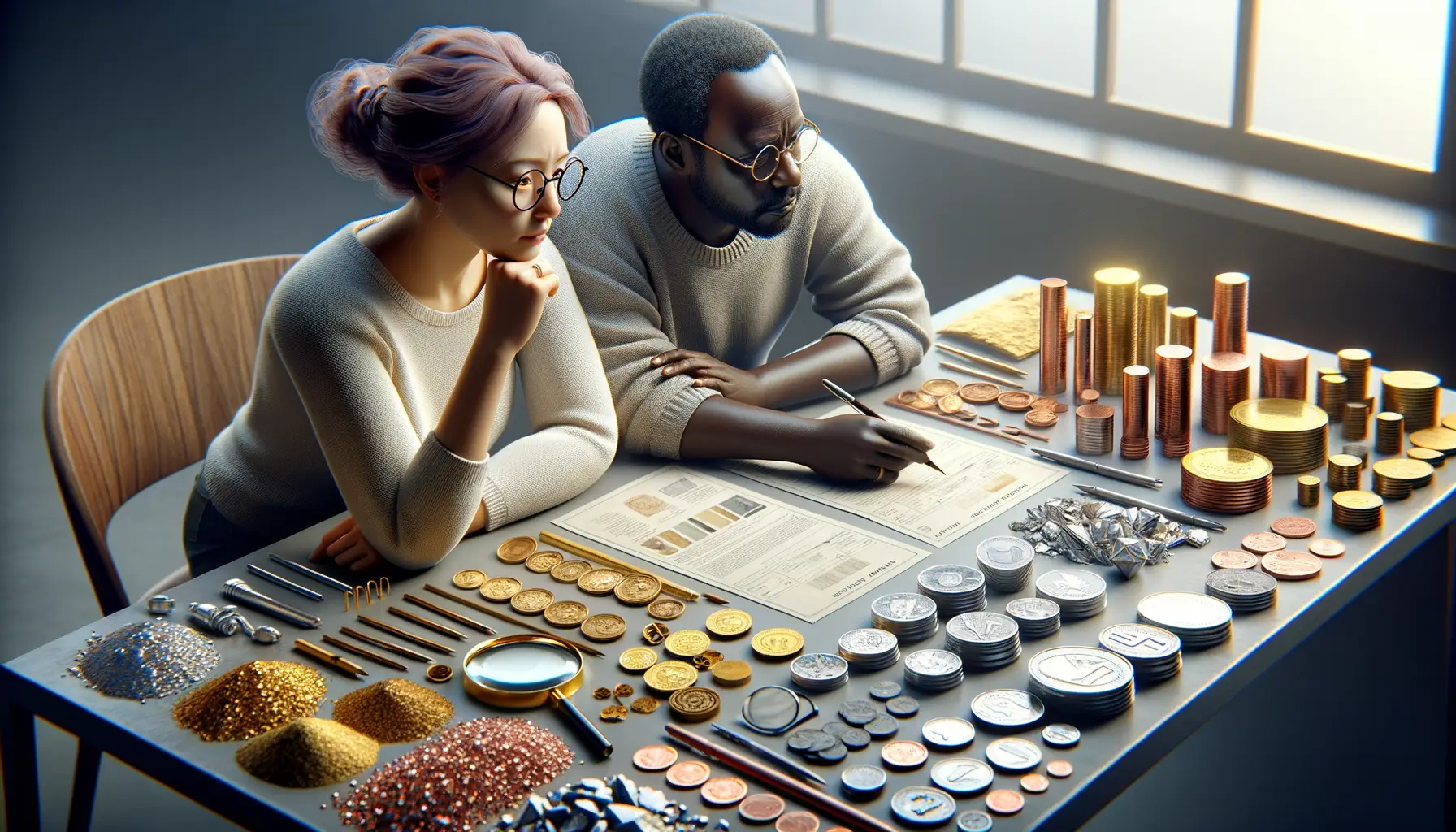
What’s Your Coin Made Of? The Heart of Its Identity
When it comes to crafting your fantasy coin, the material isn’t just a surface detail; it’s the soul of your creation. Think of it this way: materials tell a story before your design even speaks. Do you want the coin to radiate the regal shimmer of gold, evoking wealth and power? Or maybe the understated strength of bronze fits your vision, lending an ancient, battle-worn vibe. Each choice whispers something unique.
Here’s a quick breakdown of popular options:
- Gold-plated alloys: Perfect for high fantasy realms or royal currencies.
- Silver: Classic, elegant, and versatile—ideal for noble houses or ancient trade tokens.
- Copper or bronze: Sturdy and practical, speaking to common folk or old civilizations.
- Zinc-alloy blends: Affordable yet durable, for coins meant to circulate far and wide.
Size, Weight, and Feel: Making It Real
A coin’s specifications aren’t just technical—they’re emotional. How will it feel sliding through someone’s fingers? A chunky, heavy coin instills weighty significance, while a slim, agile design suggests convenience or speed. Dimensions speak, too: A wide coin might look ceremonial, while a smaller one could feel intimate, like a keepsake.
Lastly, think about edge details. Smooth? Beveled? Ribbed edges often imply prestige, while smooth surfaces can evoke simplicity. These little decisions make your coin not just seen, but felt. And that’s where magic lies.
Crafting the Artwork and Visuals
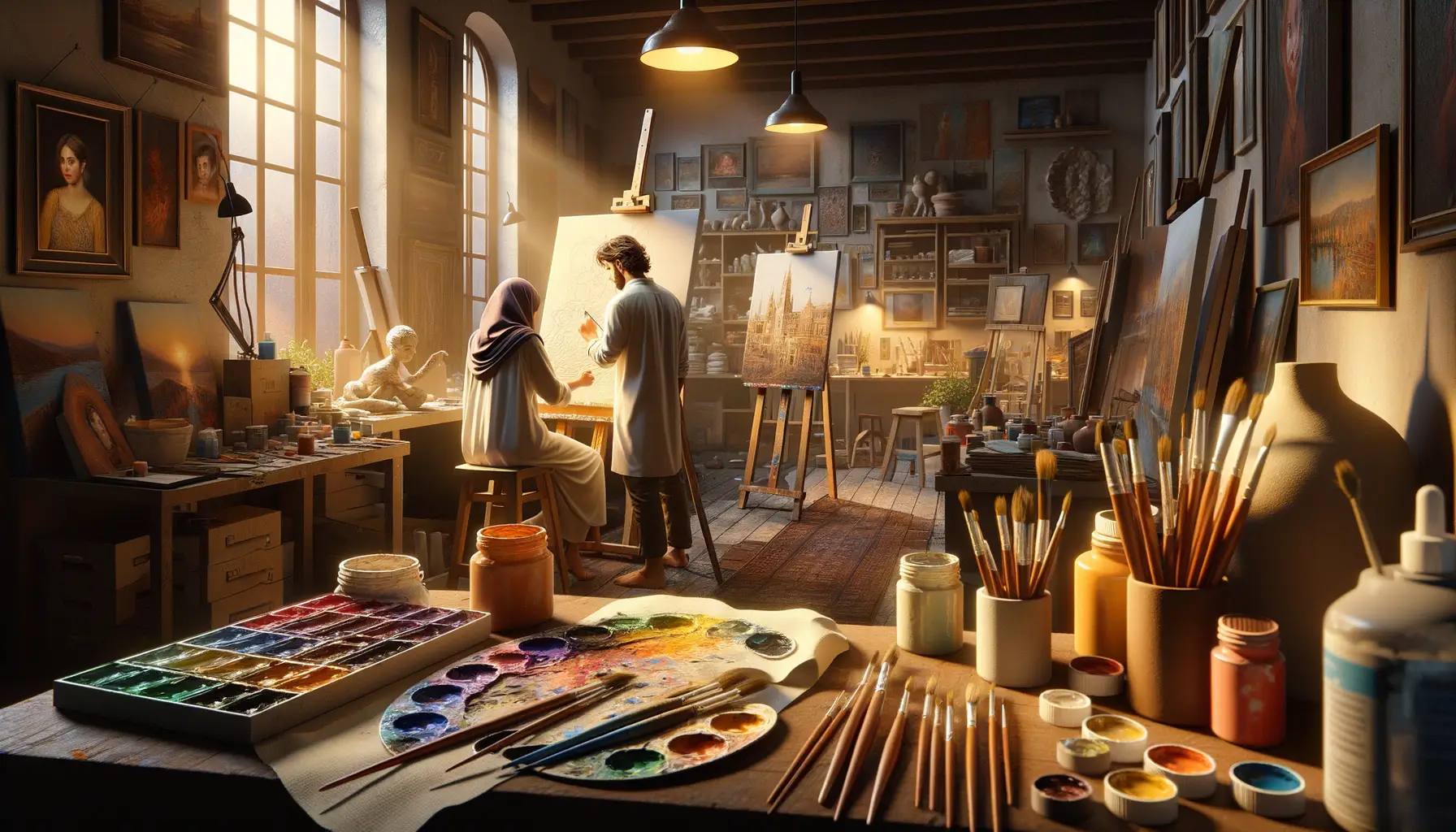
Breathe Life into Your Coin’s Story
Let’s talk about the soul of your fantasy coin—the artwork and visuals. This is where your coin transforms from a simple piece of metal into something that whispers ancient secrets or roars with untamed magic. Start by asking yourself: What tale does your coin want to tell? Is it a royal crest forged for a mystical kingdom or an emblem of rebellion from a forgotten war?
Sketching out your ideas can be as simple as doodling on a napkin. Some of the most iconic designs start rough! Consider elements like:
- Symmetry versus chaos—does your design feel balanced, or intentionally wild?
- Texture and depth—do the patterns look carved, embossed, or weathered by time?
- Symbolism—every symbol should mean something. A dragon’s claw may signify protection, while a crescent moon might speak to secrecy.
Design Details That Spark Emotion
Here’s where the magic happens. Your coin should *feel* alive. Play with bold contrasts—imagine a glossy sunburst radiating on a matte backdrop. Or highlight intricate details, like veins on leaves or runic engravings, so the light dances across the surface. Don’t shy away from imperfections either; tiny scratches can mimic the wear of a storied past.
And one more thing: color. Add enamel or patinas sparingly to evoke mystery—a darkened edge or a blood-red gem inlaid at the center can turn your coin into an artifact people want to hold, examine, and cherish.
Production Methods for Fantasy Coins
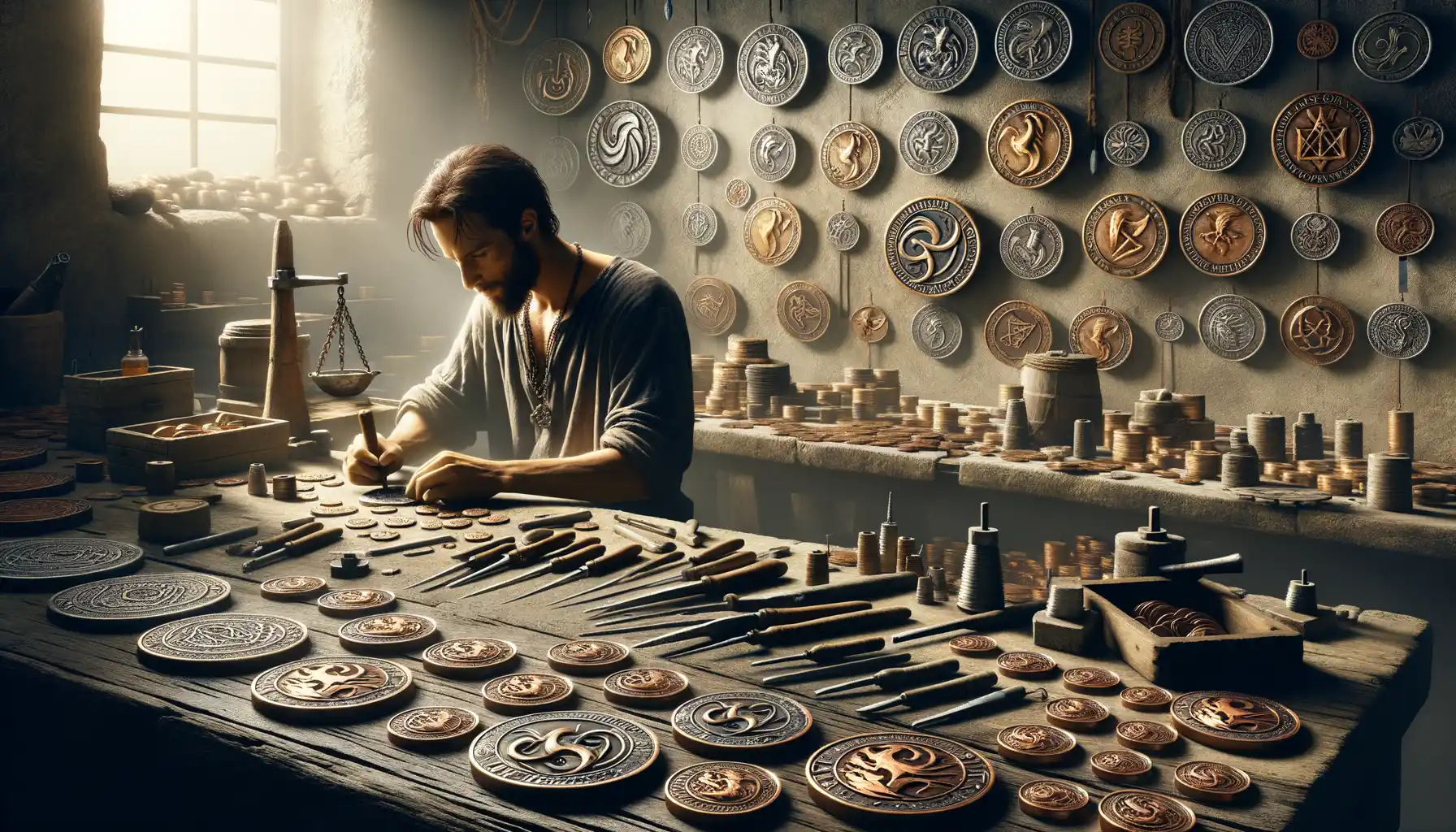
Mastering the Art of Coin Creation
When it’s time to bring your fantasy coin design to life, the production process is where your vision steps into reality. But here’s the kicker: not all coins are made the same, and there’s a certain magic in choosing a method that fits your story, budget, and style.
One popular approach is die striking, a technique used since ancient times. Imagine crafting a custom die—a steel stamp engraved with your intricate design. When pressed into blank metal discs under immense pressure, it produces sharp, durable patterns. Die striking is perfect if you’re after that crisp, professional look.
For those seeking a hands-on, artisan feel, casting is an enchanting alternative. You create molds, often from silicone or plaster, then pour molten metal like bronze into them. As it cools, the magic happens—each piece is ever so slightly unique, capturing subtle imperfections that feel profoundly authentic.
- Hand engraving: For one-of-a-kind luxury coins with detailed finishes.
- Electroplating: Add layers of silver or gold for a glamorous, high-end shine.
It’s like choosing how to bake the perfect cake. Each method has its flavor—pick wisely, and your fantasy coin will truly sparkle in your hands!
Tips for Successfully Designing a Fantasy Coin
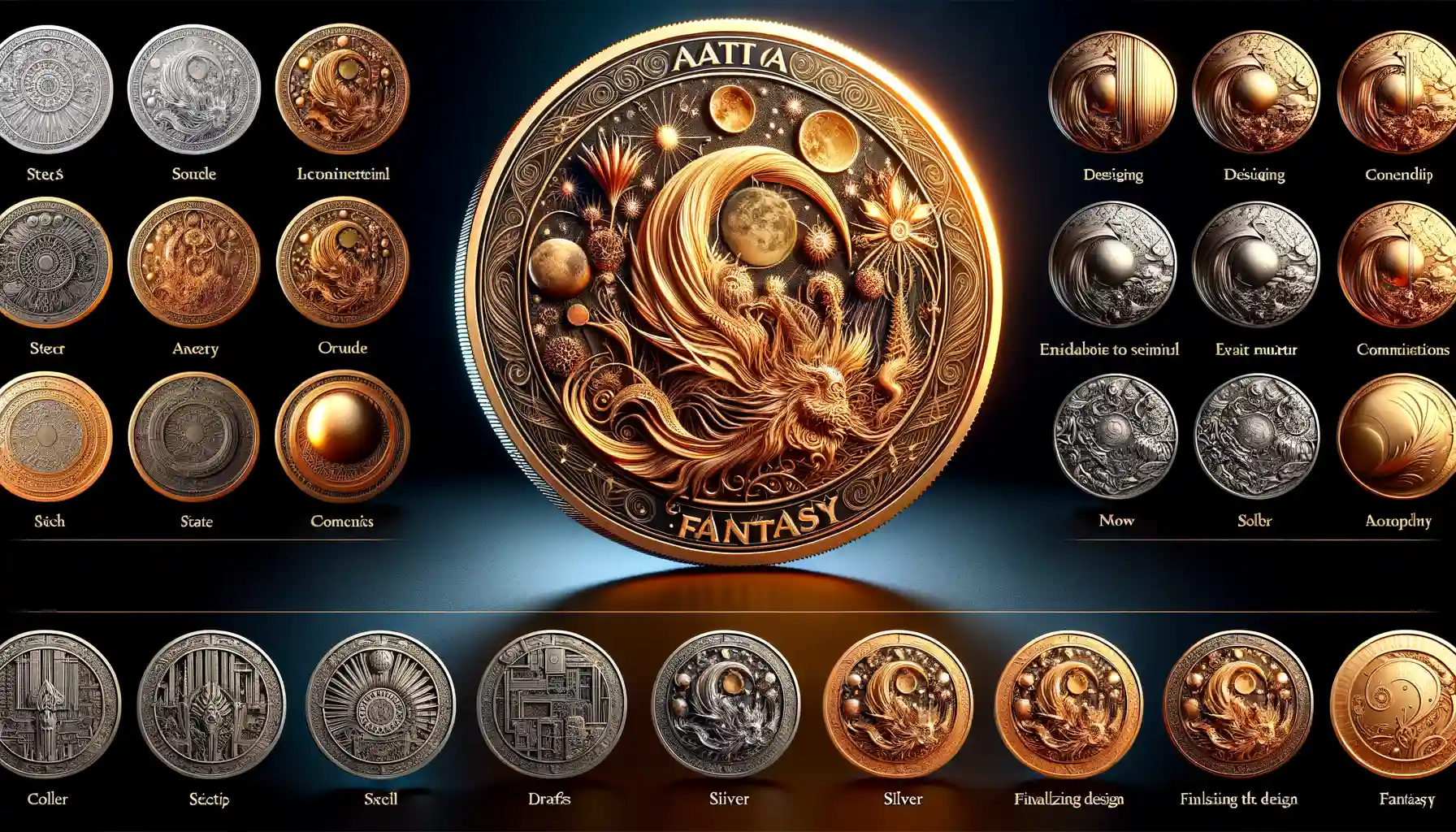
Focus on Meaning, Not Just Shine
Designing a fantasy coin is about more than just creating something shiny and attractive—it’s about telling a story. Ask yourself: what will this coin represent in the world it belongs to? Is it an ancient relic forged by a forgotten empire or a pirate’s token of loyalty? Think beyond aesthetics. Every marking, symbol, or word should whisper secrets of its origin. Take inspiration from real-world coins: the worn edges of Roman denarii, the bold faces on Viking silver pennies, or even the mysterious symbols on Japanese koban. Remember, it’s the *soul* of your coin that draws people in.
Don’t Overlook Texture and Details
A flat, smooth coin might be easier to design, but nothing screams “real” like a mix of textures! Elevate your design by adding layers of detail. Consider:
- Embossed elements like crests, mythical creatures, or runes.
- Intricate borders—patterns like rope twists or leafy vines work wonders.
- Slight imperfections; a scratch here, a chip there—these add authenticity.
Hold it in your mind: how would it feel between your fingers? Rough, weathered, powerful? Texture can make or break the illusion—you’re crafting history, not just metal.

